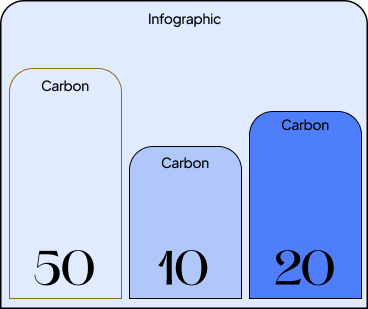
null
The off-price sector (those that sell unsold, unworn clothes) tends to have two business models:
Otrium uses both of these approaches with a strong focus on reselling excess stock and includes an additional business model of refurbishing and reselling slightly damaged returns.
To calculate the net impact of Otrium’s business model, compared the and waste of selling a fashion item on Otrium against alternative ways for brands to clear their excess stock, such as donation or disposal, based on survey responses from over 45 fashion brands.
They calculated this by: taking the carbon emissions and waste generated by sold fashion items on Otrium, minus the carbon and waste impacts of using alternative stock clearance channels, plus the carbon and waste generated by market rebound effects, like changes in consumer purchasing behaviour

The results were calculated on a per-product level for over five million fashion items sold on Otrium during 2022, and then expanded to quantify the impact of our brand partners and ourselves.
The and waste generated by fashion items sold on Otrium were calculated using emissions data from proprietary Carbon Modelling Engine and product data from Otrium (such as product type, product size (weight), material composition, fabric construction, country of origin and country of sale), following the latest EU Product Environmental Footprint Category Rules for Apparel and Footwear.
This forms a baseline footprint for the typical life cycle of an item - think manufacture, distribution, sale and disposal - which can be used to compare the potential carbon and waste savings. It also includes the impacts from Otrium’s refurbishment process (fixing slightly damaged items).

The and waste from alternative stock clearance channels were then calculated and compared against the baseline footprint of selling via Otrium. This helps estimate the potential savings from extending the life of fashion items and avoiding direct disposal through landfill, recycling or incineration.
The likelihood of brands choosing alternative stock clearance channels in the absence of Otrium was based on survey responses from 46 fashion brands about their unsold stock practices.
There are two alternative pathways relevant to Otrium:
1. Scenarios with neutral outcomes, where the fashion item follows a similar journey to sale via Otrium. The item is still used and eventually disposed of, resulting in negligible difference in carbon emissions and waste.
2. Scenarios leading to disposal, where the fashion item is considered to be ‘deadstock’ and would either go to waste or get downcycled. In these cases, the item is not available for the customer to buy, meaning a new item is bought elsewhere. Selling through Otrium therefore avoids the carbon and waste from disposal of the original item, as well as the manufacture and sale of the additional new item.

The and waste generated by market rebound effects were also included to account for changes in consumer purchasing behaviour, based on a statistical analysis of primary sales data and additional secondary research.
There are two market effects relevant to Otrium:
1. An increase in overconsumption
Customers may buy more than they need or were looking for, because they consider a product to be a ‘great deal’ with limited availability. More additional purchases results in more and waste, which ‘cancels out’ some of the carbon and waste otherwise avoided by Otrium.
This effect was estimated by modelling the increase in sales due to reduced prices for both excess stock and new production.
2. A decrease in overproduction
Manufacturing new fashion products based on bestselling styles may lead to better matching of supply and demand and therefore a decrease in overproduction.
This effect was estimated by comparing the sell-through rates of new production compared to the fashion industry average.
null